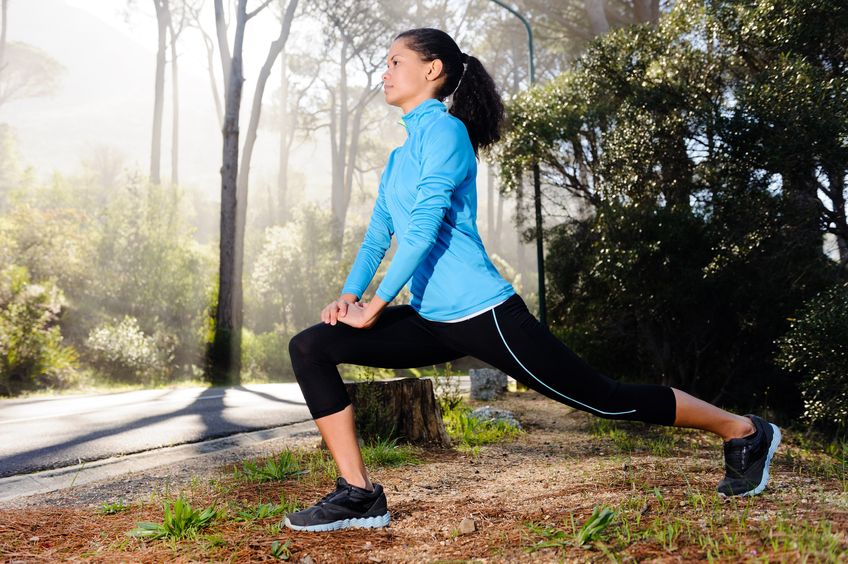How to do a Proper Lunge
#withDavida
When you’ve been teaching a class for a long time, as an instructor, you’re always trying to keep it fresh and challenging for your regular participants. This can be good and bad and certainly a topic for a future blog. Recently, in my attempt to push my clients’ fitness level I put a tricky move into a slow dance routine. It was a step into a lunge and then push off into a slide. It is a move that really works the thighs and butt. Women like that. But looking around the room it reminded me that many people do not know how to do a proper lunge and is probably why so many complain of knee problems.
A lunge is a very good exercise to include in your toolbox of body weight exercises.
A lunge can actually help your knees because it strengthens the quadriceps, hamstrings, buttocks and hips. These are the muscles around the knee and if strong can help prevent knee injuries.
In order to perform a lunge you should first determine your range of motion and distance between your feet.
- Kneel on one knee and with that knee at 90-degrees and your other knee bent at 90-degrees and straight over your ankle then stand straight up without moving your feet.
- This would be a good distance for you to do static lunges.
- If you were going to do a moving or traveling lunge I would recommend cheating the feet closer together a few centimeters, just a tiny bit, simply to give you room for momentum.
Now when performing your lunge from standing (feet at the width you discovered from above) bend the front knee to stop at 90-degrees. If your knees are healthy and pain free your goal should be to also get the back knee to 90-degrees with the calf parallel to the floor. If you have weak knees but can still perform the exercise then just bend the back knee as deep as you comfortably can.
Another tip is to initiate the move with a very slight tilt at the hips while keeping the spine straight and shoulders pulled back.
- Put your weight on your front heel instead of your toes and be sure to sink down as opposed to pushing forward and putting pressure on your knee.
- If you feel wobbly like you’re going to lose your balance then widen your stance. Imagine your feet are on railroad tracks.
- This will give you more stability.
The mistakes I see mostly are when people are nervous about their knees and keep their feet too close together allowing the weight to go to the front toes and put pressure on the patella tendon in the knee. These people are doing more harm than good.
I also see people who don’t want to bend the back knee. While not dangerous, this is more of a stretch in the hip and calf and misses the work for the back leg. It could also be an indication of tight quadriceps.
If you have pain in your knees when performing lunges or squats you should talk to your doctor. Always consult a doctor before beginning any exercise or strengthening regimen. If you want to see that tricky move I included in my dance routine find the YouTube link below and watch everyone’s lunge technique. Constructive feedback is always encouraged.
Resources:
Knee Injury Prevention: https://www.acsm.org/public-information/articles/2012/01/10/basic-knee-injury-prevention
How to do a lunge video: http://www.mayoclinic.org/healthy-lifestyle/fitness/multimedia/lunge/vid-20084662
#withDavida Dance Routine: https://www.youtube.com/watch?v=5N1Jum0r1_A












